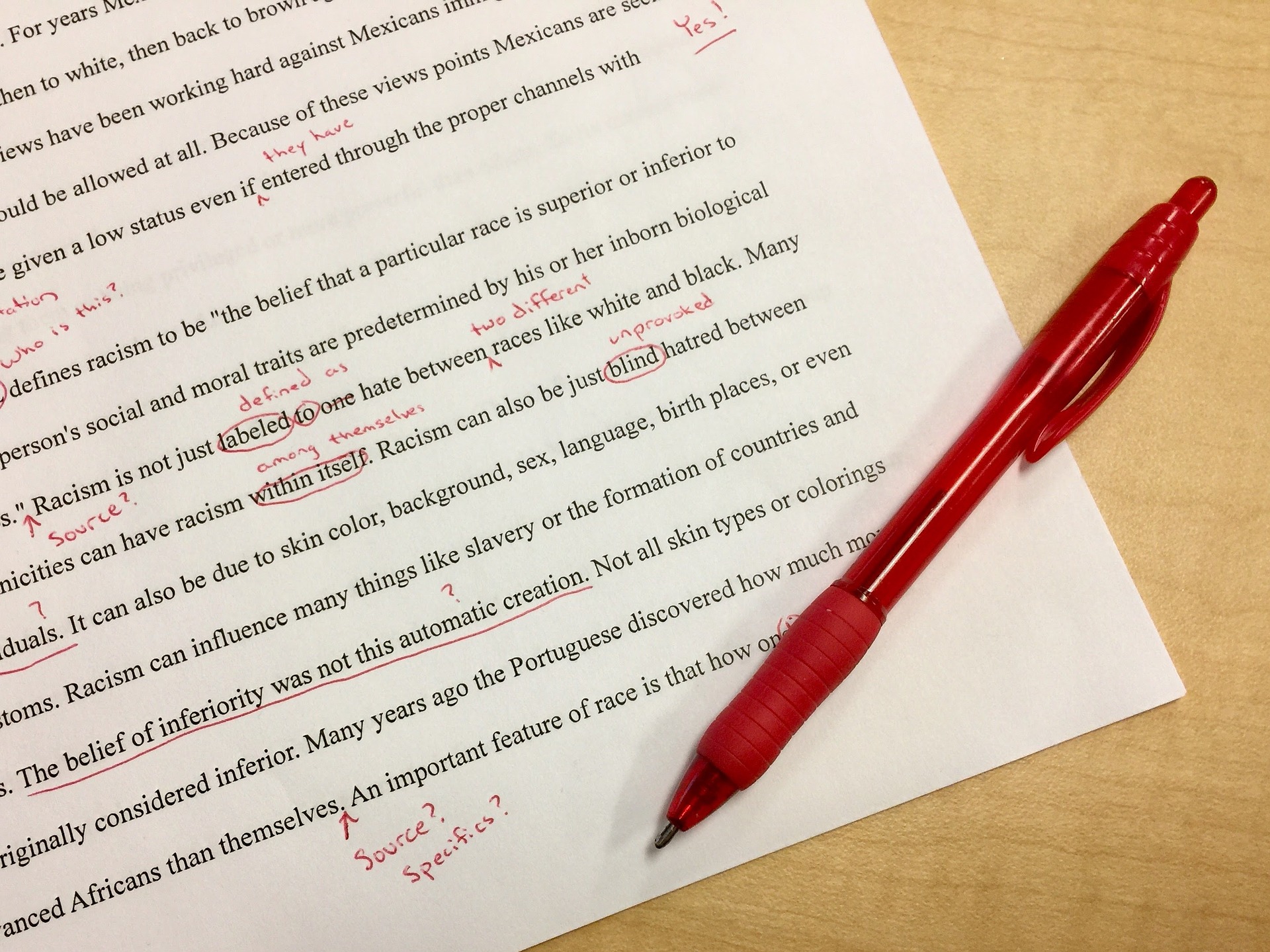SAQ marking: Enculturation
 Below you will find three sample SAQs for the question: Explain one study of enculturation.
Below you will find three sample SAQs for the question: Explain one study of enculturation.
For each of the samples, refer to the rubric to award marks 1 - 9. After each sample, there is a predicted grade as well as feedback on the strengths and limitations of the sample.
SAQ 1
The sociocultural approach argues that we all have an innate need to belong. They also argue that our behaviour is influenced by others, even when we do not think that it is. These are key assumptions that are important to understand when discussing enculturation. Enculturation is how we learn. There are many theories of enculturation – and one is Social Cognitive Theory. In this theory, we learn by observing other people and how they behave.
One study of enculturation is the study of Bashing Bobo. In this study, the researcher took small children and allocated them to one of three groups – no violence, verbal violence or physical violence. The researchers also had a male or a female confederate who did the violence. They found that the children were more likely to imitate their own gender. This is because they first pay attention, then retain the information. They are also motivated to imitate it. Finally, they have self-efficacy, and so they know that they can do it.
This shows how we learn through observation. However, the study is unethical and cannot be replicated, so we cannot truly know if the results are reliable.
191 words
The beginning of the response is not focused on the question. There is no need to state the assumptions of the approach. Enculturation is also not well explained. Bashing Bobo is not about how a cultural norm is learned, but how behaviour may be learned. This is not exactly the same thing - so it is of marginal relevance to the question. 2 marks.
SAQ 2
Enculturation is the process by which we learn our own culture. One aspect of culture is the role that gender plays in our society. There are many biological theories about gender, but the sociocultural approach looks at how environmental and cultural factors play a role in behaviour. How we learn the expectations of how to behave like a boy or a girl was studied by Fagot.
Fagot carried out a set of observations of how parents behaved with their children. The observations took place in their naturalistic homes. The researchers wanted to see how parents would react when a child’s play was “gender appropriate” vs “gender not-appropriate.” The researchers had a checklist to keep track of the parents' behaviour. They found that the parents were more positive when the child’s behaviour was gender appropriate and gave negative feedback when a child had gender in-appropriate behaviour.
In a follow-up interview, they found that the parents did not believe that they had actually shown any negative attitudes toward gender incongruent behaviour.
This study demonstrates that we learn from our parents how to behave in our culture. Gender behaviour is not innate.
189 words
Enculturation is defined and there is an appropriate study. The study is fairly well described but the link back to the question could be more carefully developed. Some aspects of the description of the study are not clear. 5 marks.
SAQ 3
Gender and social roles are an important part of our culture. Different cultures have different norms for how a boy and a girl are supposed to behave. The process of learning one’s role in society is known as enculturation. There are several ways in which we are enculturated – including social cognitive theory, direct tuition, and reward and punishment. This response will focus on how our parents teach us our gender roles based on a study by Smith and Lloyd.
In their study, mothers of firstborn infants were videotaped playing with a 6-month old baby. Even though the mothers did not know it, the baby that they were playing with was cross-dressed. This means that if it was a boy, it was dressed as a girl and had a girl’s name. If it was a girl, it was dressed as a boy and had a boy’s name. The mother and the child were put into a room that had a collection of “gendered” toys – like a football (male) and stuffed animals (female). The researchers found in their observation that the mothers chose toys that matched their perception of the gender of the child. They also were more active with the child when they thought it was a boy.
This study shows that the way that parents interact with a child may play a role in enculturation, teaching the child what is appropriate behaviour in their culture. In this case, which toys they should play with and the accepted level of physical activity.
251 words
Enculturation and how enculturation happens is outlined. There is an appropriate study that is clearly described. There is an explanation of the study in the final paragraph that links the response back to the question. 7 marks.

 IB Docs (2) Team
IB Docs (2) Team
